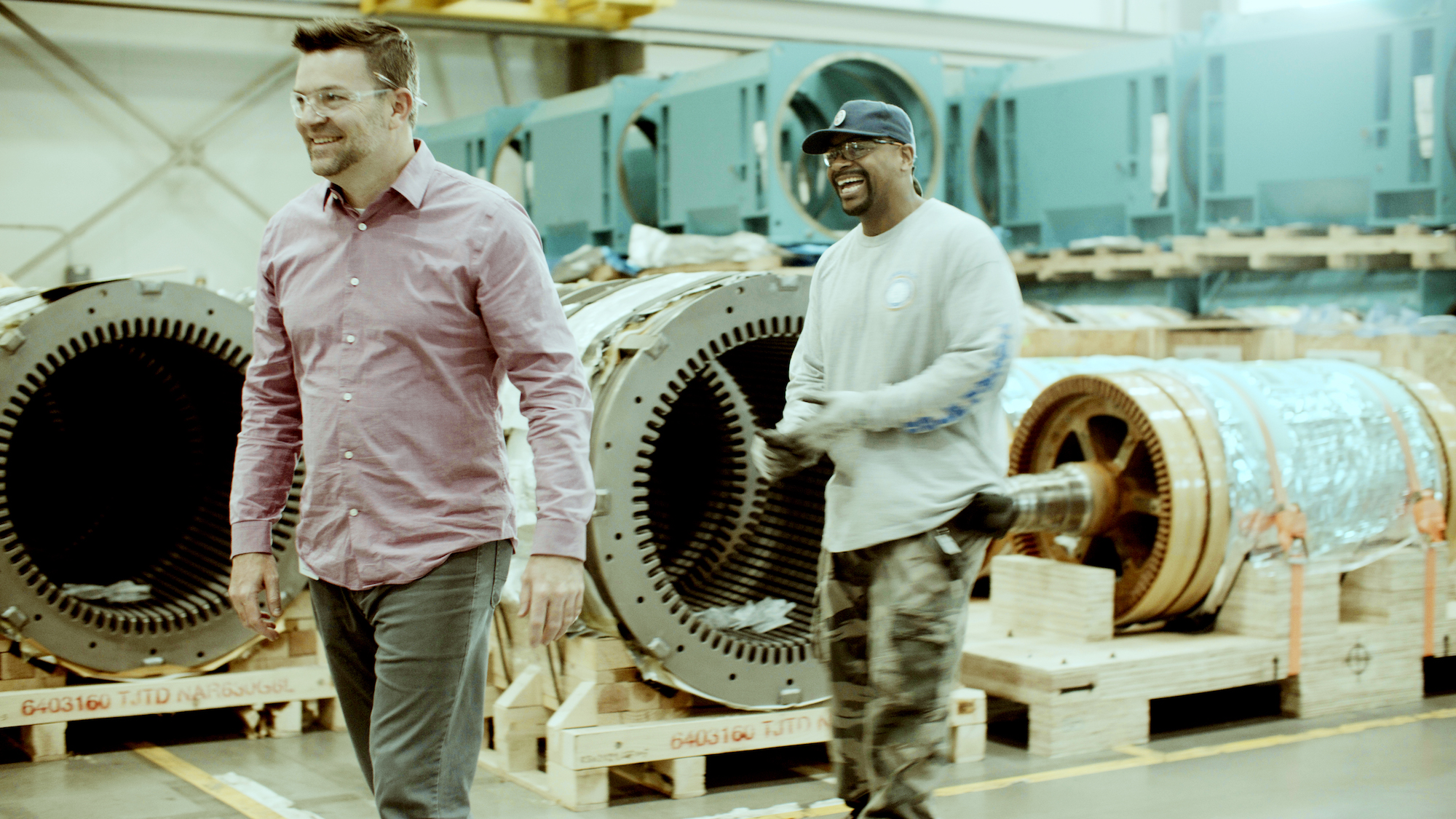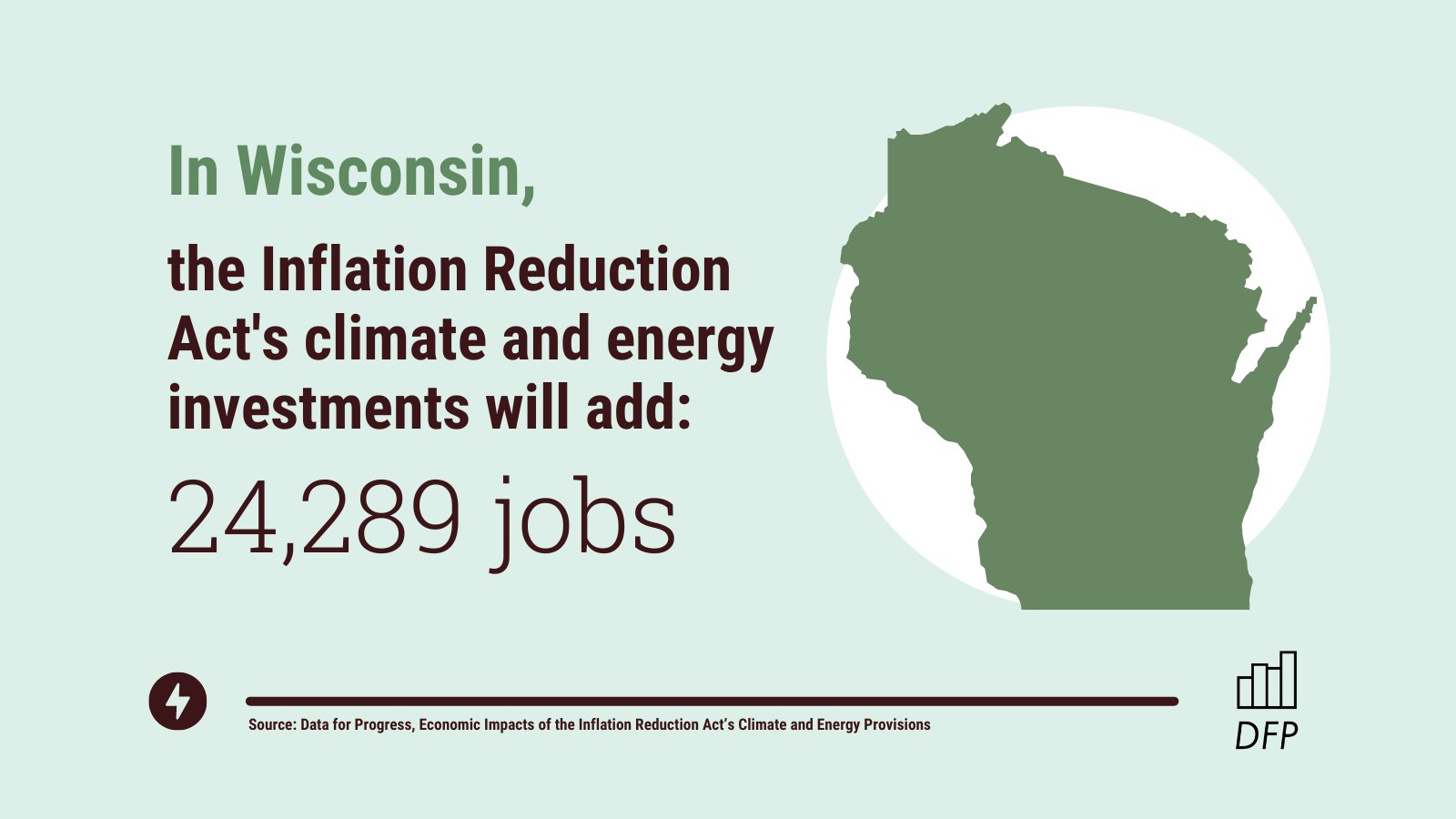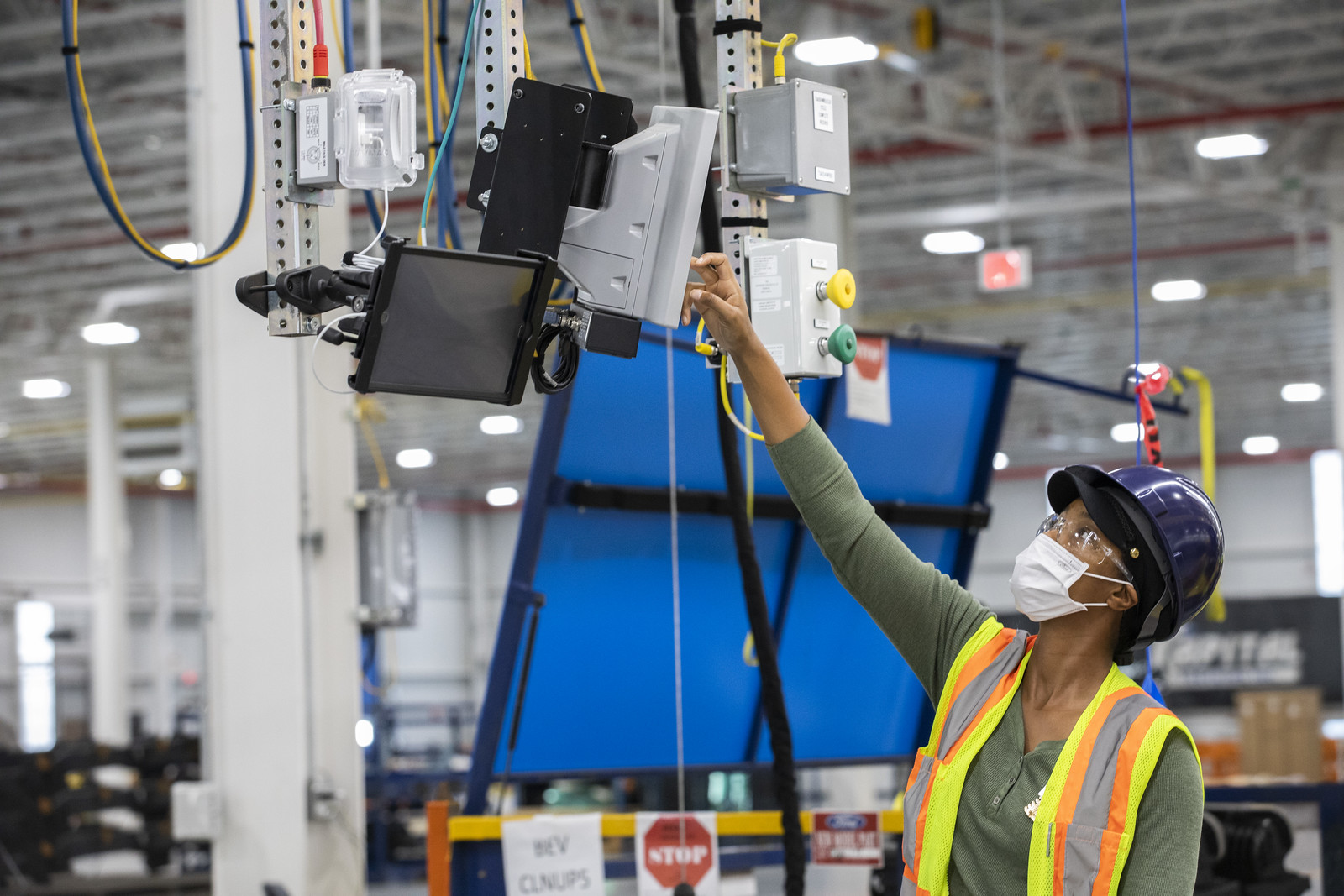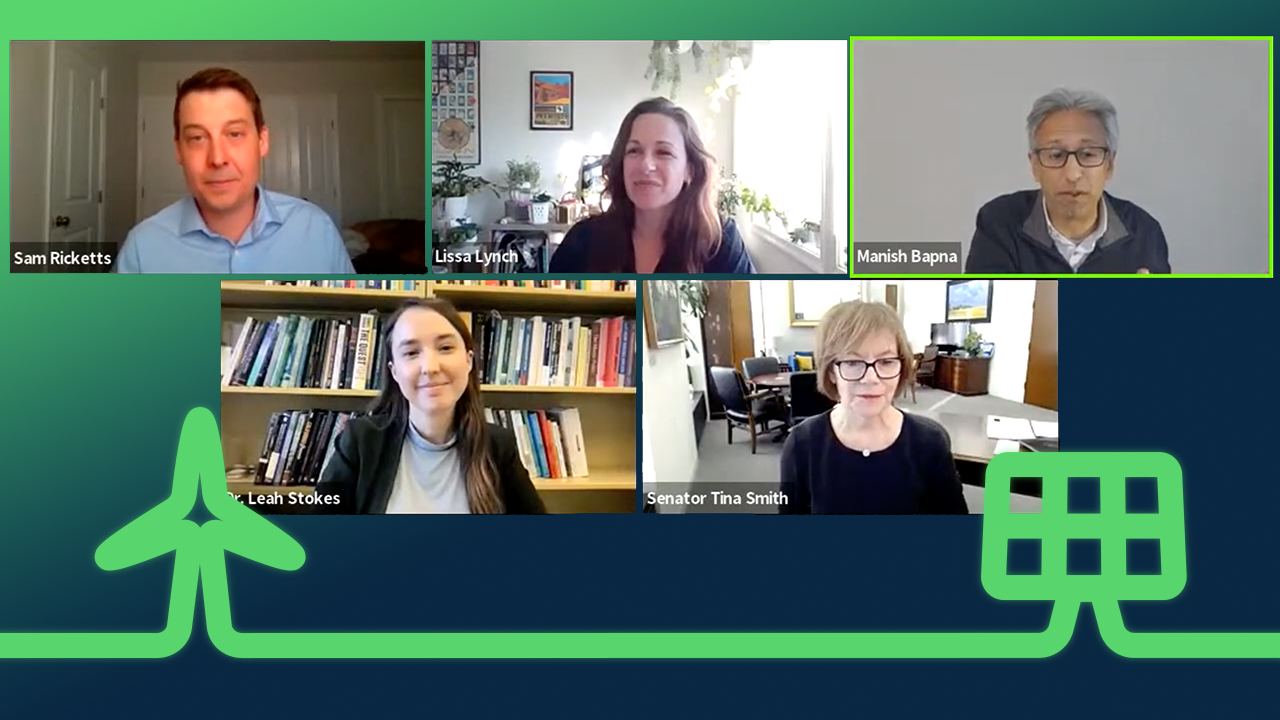A clean energy pioneer
Akinlana Abdalla, or AK as he is known around the shop, is a carpenter by trade but has worked as a deep tunnel miner, a laborer, and a business owner. He grew up in Milwaukee, Wisconsin, a city known for its manufacturing roots but hit hard by deindustrialization. The surge in clean energy we’re seeing today is changing that by bringing good-paying union jobs back to the Rust Belt. Today, AK is proud to be a wind turbine repair specialist with Ingeteam, Inc., where he helps train the incoming wave of union workers who will build our clean energy future. And it is these jobs that will be the foundation of our economy for decades to come.
Jobs like AK’s didn’t spring up out of nowhere. Clean energy workers like Abdalla are in high demand because of federal and state policies that sparked a steady rise in the adoption of carbon-free electricity. Communities that passed smart climate policies are beginning to reap the benefits—building strong economies, saving consumers money on electricity, reducing air pollution, and paving the way for clean power professionals like AK to drive us toward a just, thriving, clean energy future.
Wisconsin is setting the stage for workers to lead
People in careers like AK’s are going to power state economies around the country. And the states that invest the most in building those economies will benefit most. Wisconsin is a strong example of a state charting this path forward.
In 2019, Governor Tony Evers set an executive target for Wisconsin to have a 100 percent carbon-free electric grid by 2050. To lead this effort, Evers created the Office of Sustainability and Clean Energy, which is tasked with fostering innovation, overseeing workforce development, and reducing carbon pollution in line with the Paris Agreement. Last year, the office released a statewide Clean Energy Plan that aims to lower utility bills, create jobs, and strengthen Wisconsin’s economy with affordable, renewable power.
To meet the clean energy sector’s growing demand for skilled labor, Wisconsin’s network of workforce development programs is critical. These highly successful state initiatives provide skills training, connect workers with employment opportunities, and help people move into high-paying careers in growing sectors like clean energy.
Wisconsinites are living the benefits. In September 2022, Wisconsin’s unemployment rate was 3.2 percent, well below the national average. And, at the end of 2021, clean energy companies employed more than 71,000 Wisconsinites. To build on this success, Governor Evers has proposed several new state programs that will collaborate with labor unions to further expand the state’s clean energy workforce. By letting workers lead, Evers has positioned Wisconsin to be a key engine in the transition to a clean energy future.
The right time to transition
Wisconsin has chosen the right time to go bold with clean energy. The IRA injects hundreds of billions of dollars into the clean energy economy, allowing states an unprecedented opportunity to deploy clean energy. The White House projects that the IRA will deliver over $4 billion in clean energy investments in Wisconsin alone—while Data for Progress projects that robust implementation of the law’s climate provisions could bring nearly 25,000 jobs to the state.




